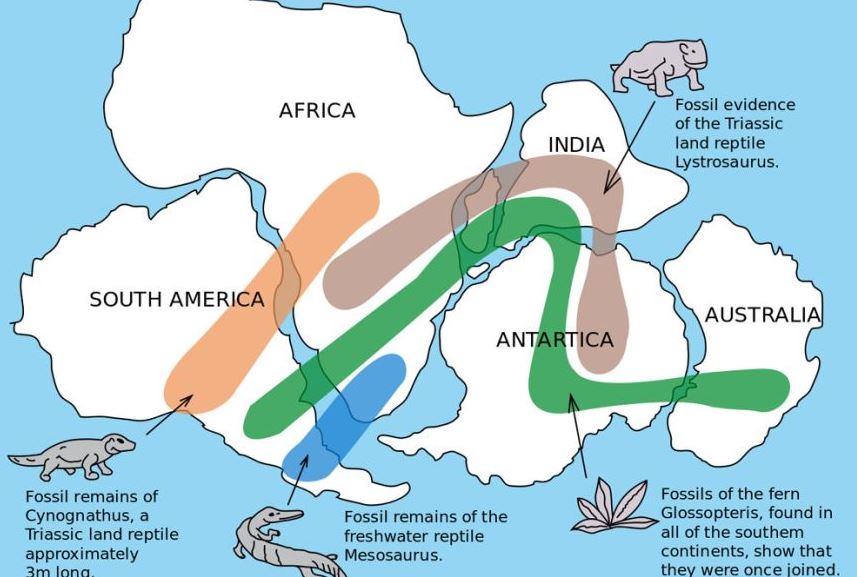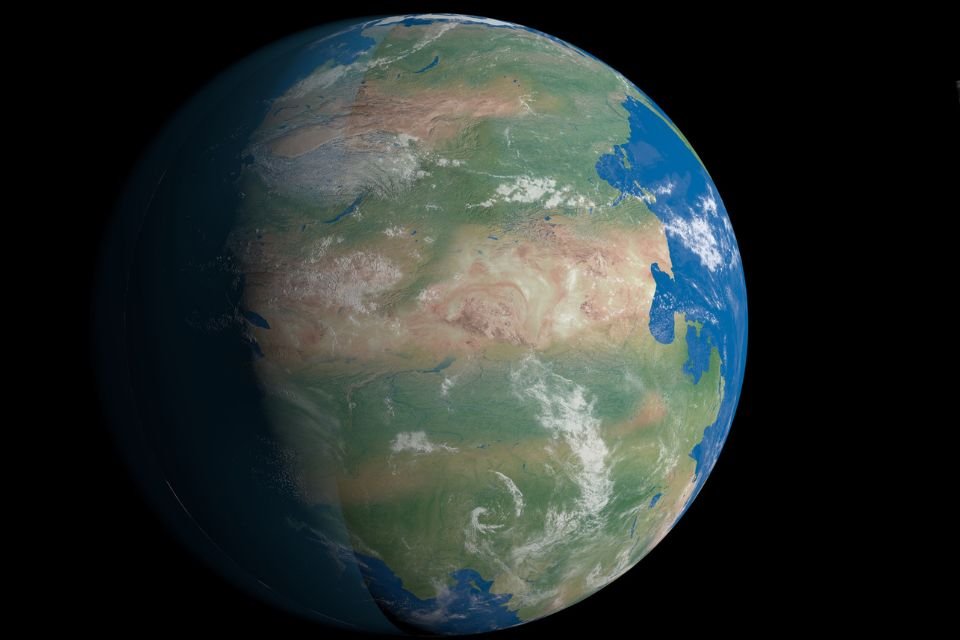A while ago, when a video was posted on the internet, it went viral. What will the shape of the continents be like in the next 250 million years?. According to the information on the website Technical Insider InformationThe video was produced based on projections by scientist Chris Scotese, a professor in the Department of Earth and Planetary Sciences at Northwestern University in the United States.
The animation shows the ‘twisting’ of planet Earth, presenting all the changes that would occur on the continents during the period in question; It is possible to see Australia moving north and Africa joining Europe until North America and Western Europe are completely united. After all, it is almost impossible to imagine the continents separately because they will all come together into one ‘great landmass’.
So after all this long process The Earth will turn into a sort of ‘Pangaea 2.0’ as it will return to the pattern suggested by continental drift —The original Pangea formed during the Paleozoic era, approximately 200 to 540 million years ago.
But ultimately what does the theory of continental drift mean? TecMundo to answer this question Information was collected from scientists and experts in the field.
What is the theory of continental drift?
The theory of continental drift was developed by the German geologist Alfred Wegener in a publication called Die Entstehung der Kontinente und Ozeane (The Origin of Continents and Oceans), published in mid-1912. According to theory, between 200 and 500 million years ago, all continents were a single landmass. The words pan (all) and geia (Earth) are derived from Greek and can be translated as ‘All the World’ or ‘One World’.
The idea arose when Wegener looked at a map of the continents and was intrigued by the emergence of a possible connection between them.
The geologist explains that a single land mass used to be a supercontinent until it turned into different continents on the world map. At the time of publication, some scientists did not believe in Wegener’s theory, but they understood the German geologist’s observations and realized that the theory might be true. The “problem” was that Alfred didn’t show how the movement occurred; this was explained a few years later due to the influence of plate tectonics.
“Wegener’s ideas encountered great resistance in the scientific community at that time and over the next three decades; The main reason for this was that it was not possible to satisfactorily explain what the driving force would be that could transform large continental masses in different ways. An article by Universidade Estadual Paulista (UNESP) explains: “If these were rafts, they would drift on the seabed.”
It is important to emphasize that Wegener was actually wrong about some information; For example, he thought that continents broke off and moved away like glaciers. So between 1950 and 1970 Scientists have developed the theory of plate tectonics, which answers the mystery of movement during continental drift.
After analyzing various data, At that time, researchers noticed magnetic anomalies on the ocean floor that were suggestive of the movement of tectonic plates. These observations showed evidence that plate tectonics is responsible for continental drift, the movement of continents over time.

It is even possible to find evidence of continental drift in various plants, animals and even rock fossils. For example, Geological formations found in the Karoo, South Africa, show evidence of an ancient connection with rocks observed in Santa Catarina, Brazil.
“He observed other overlapping features on both sides of the Atlantic Ocean (the Appalachian Mountains and the Caledonian Mountains), as well as various types of fossils. This led Wegener to conclude that all modern continents arose at some point together into a supercontinent which he called Pangea “200 million years ago, Pangea broke apart and the continents slowly shifted to their current positions.”
Did you like the content? Stay up to date with more curiosities like this on TecMundo and take the opportunity to discover where your city would be if the supercontinent Pangea still existed.
Source: Tec Mundo
I’m Blaine Morgan, an experienced journalist and writer with over 8 years of experience in the tech industry. My expertise lies in writing about technology news and trends, covering everything from cutting-edge gadgets to emerging software developments. I’ve written for several leading publications including Gadget Onus where I am an author.













